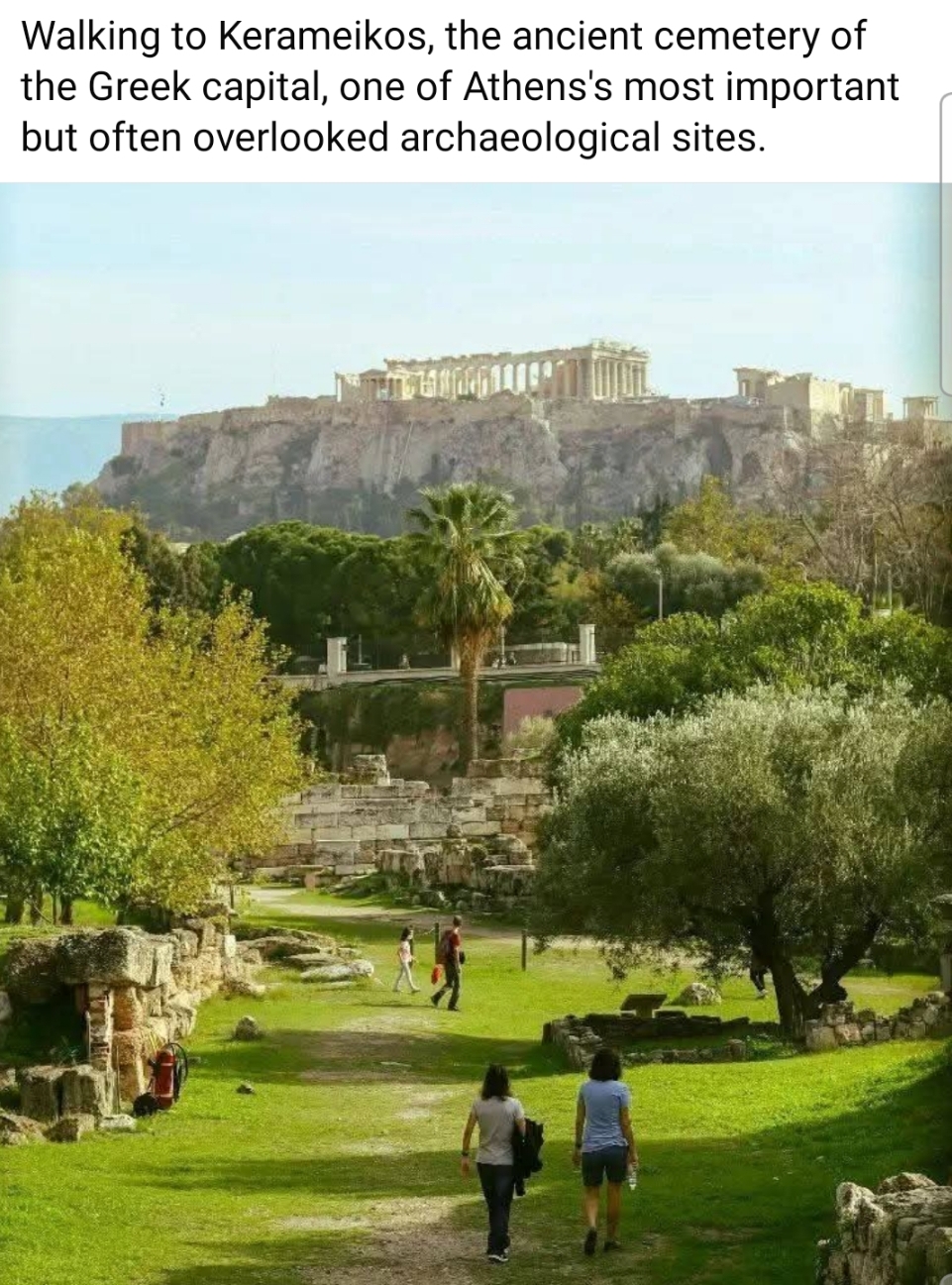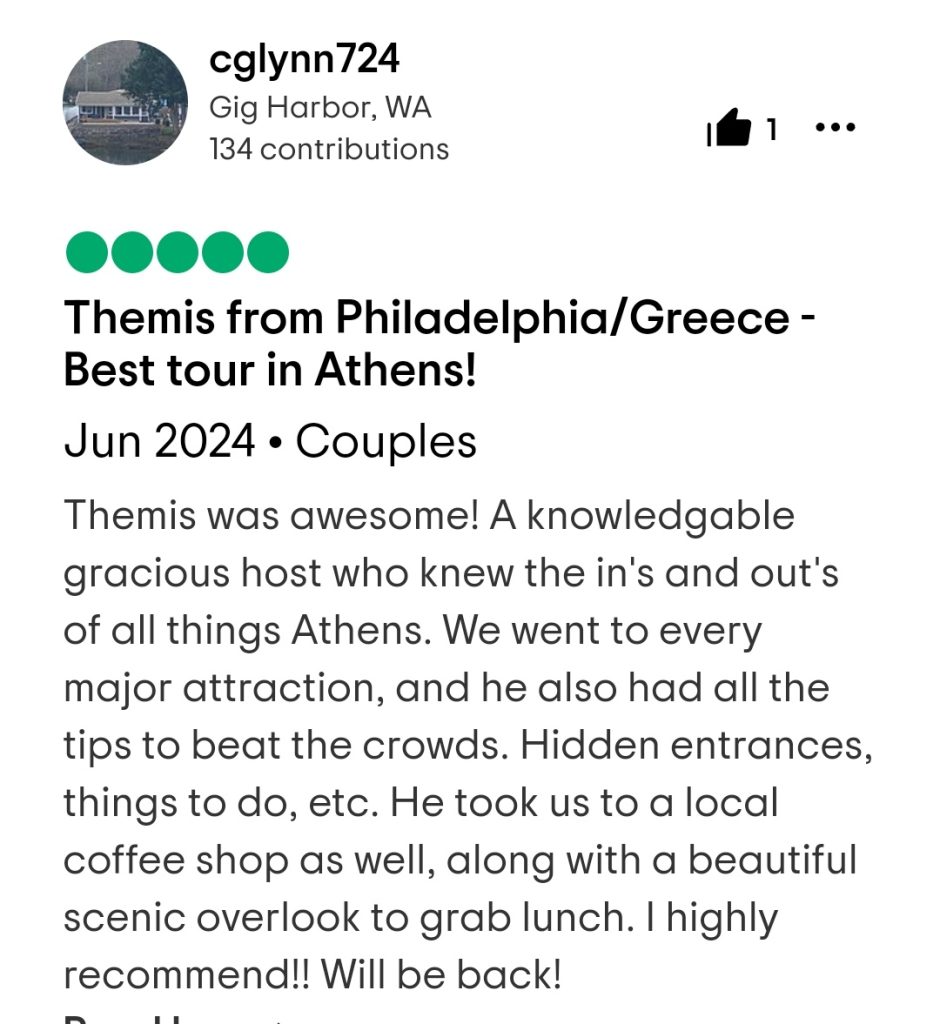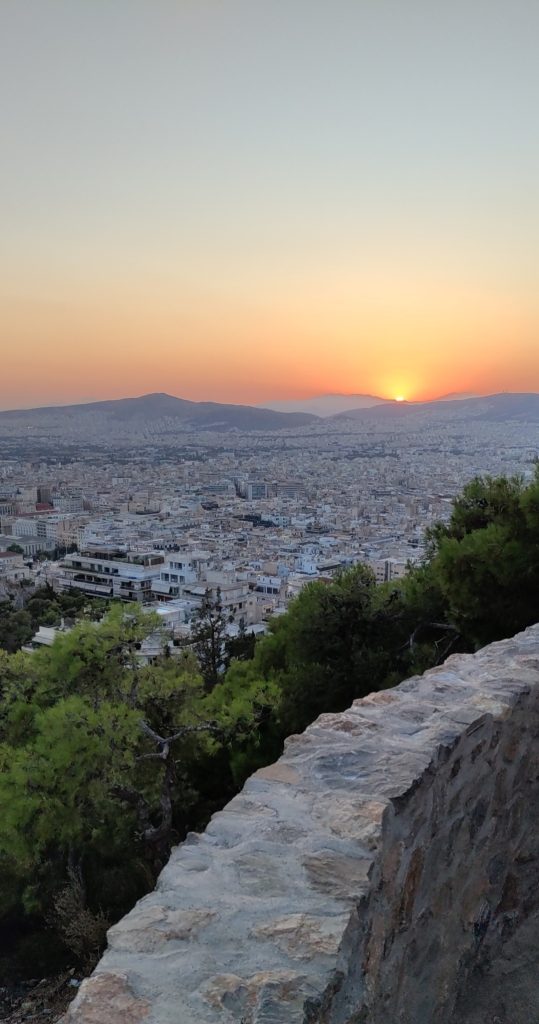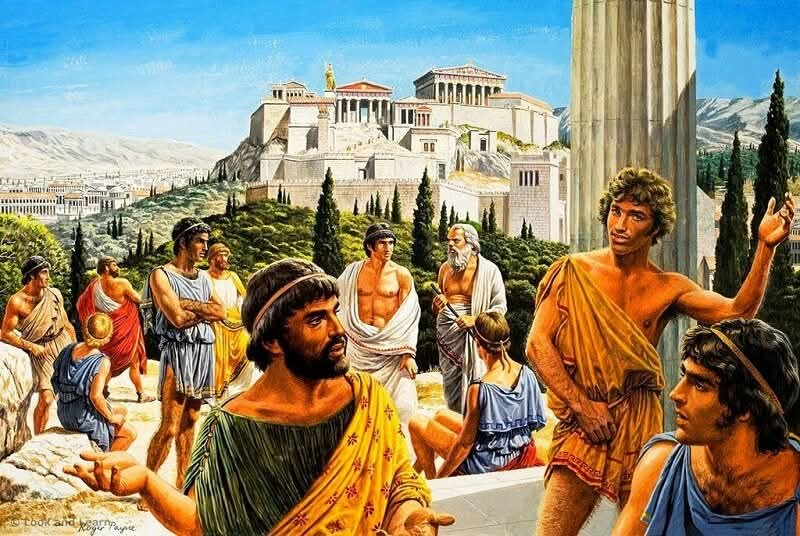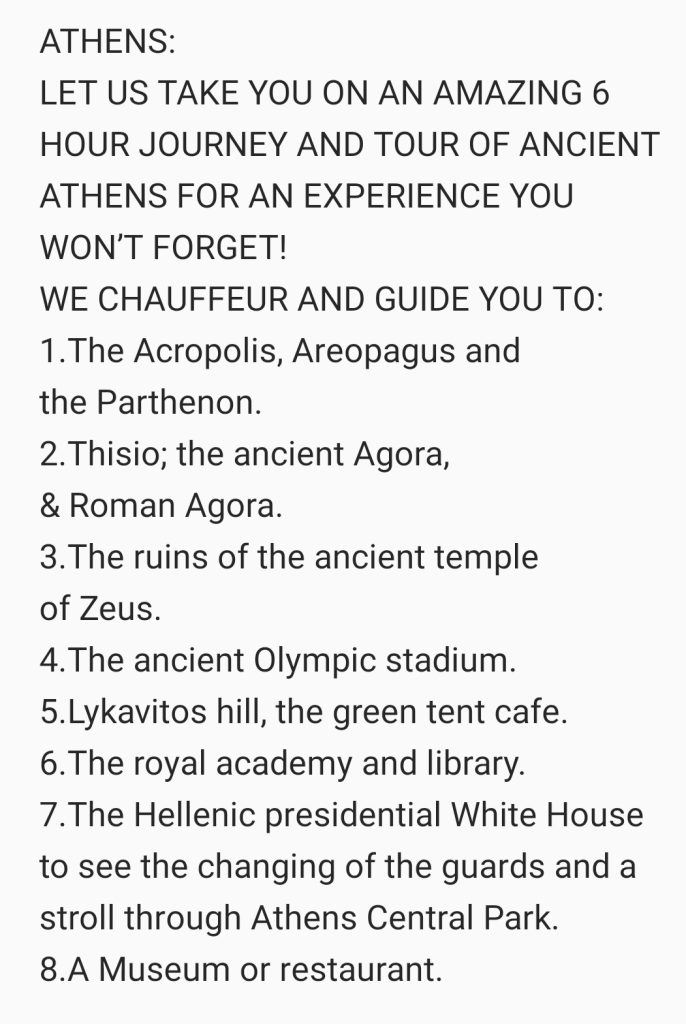
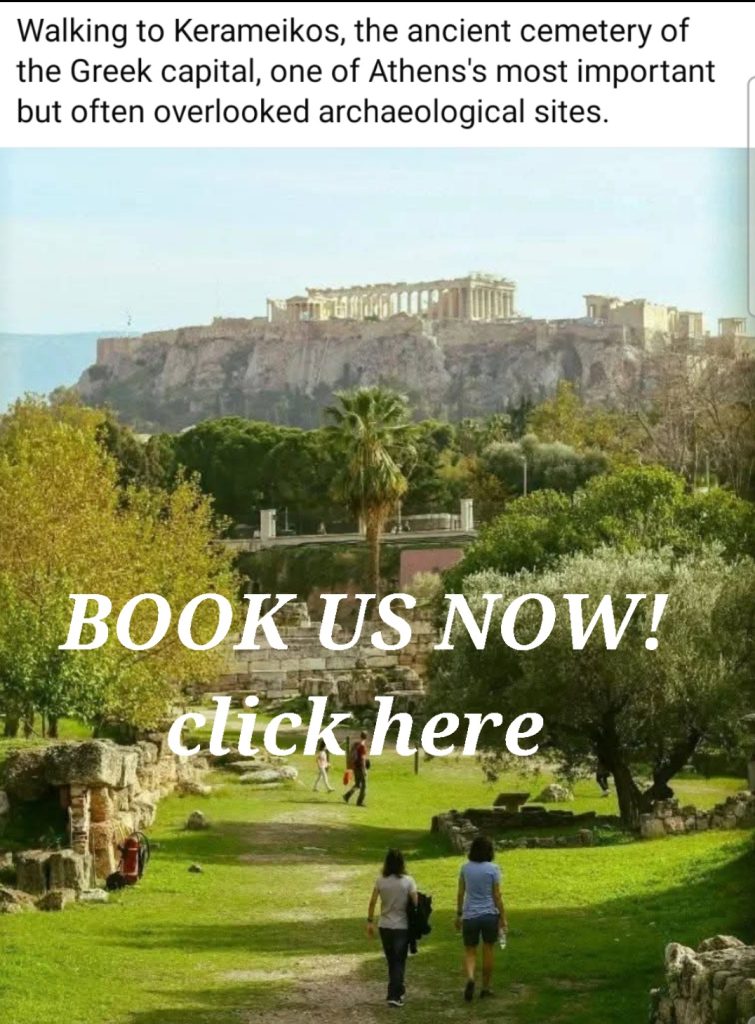

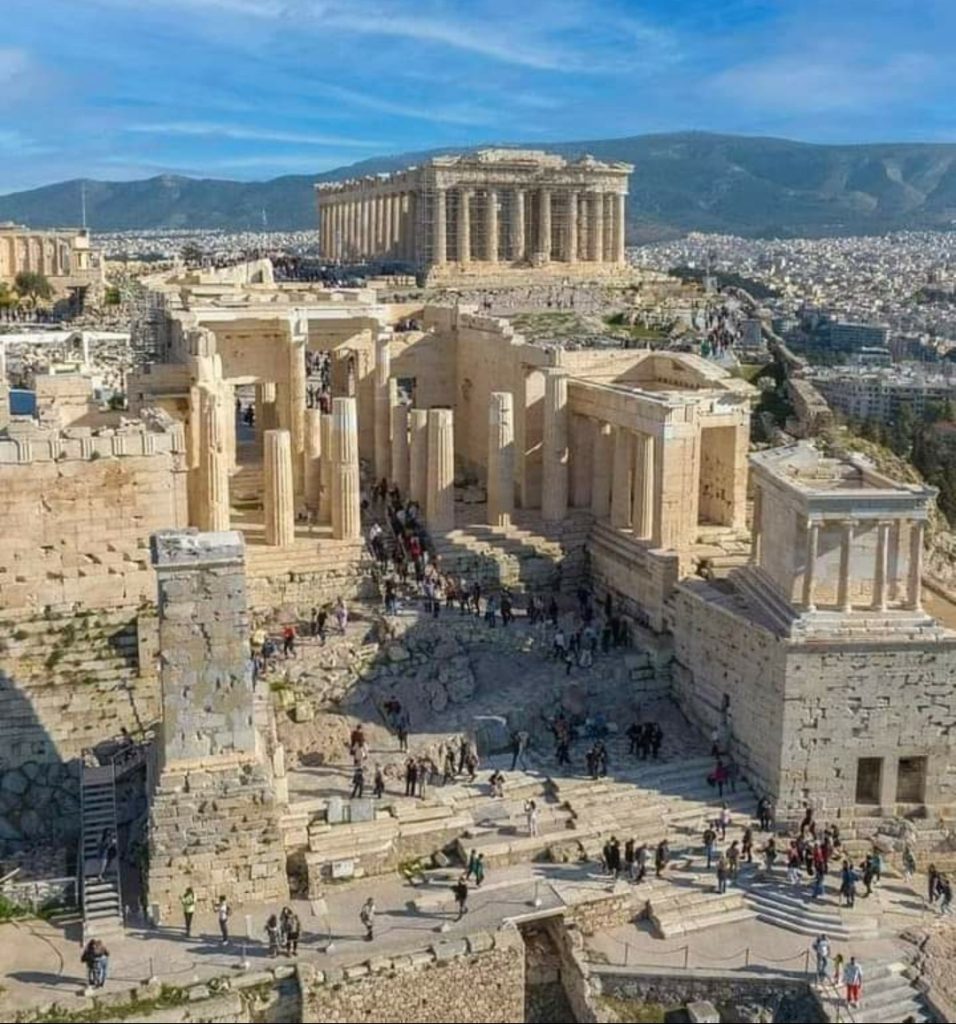
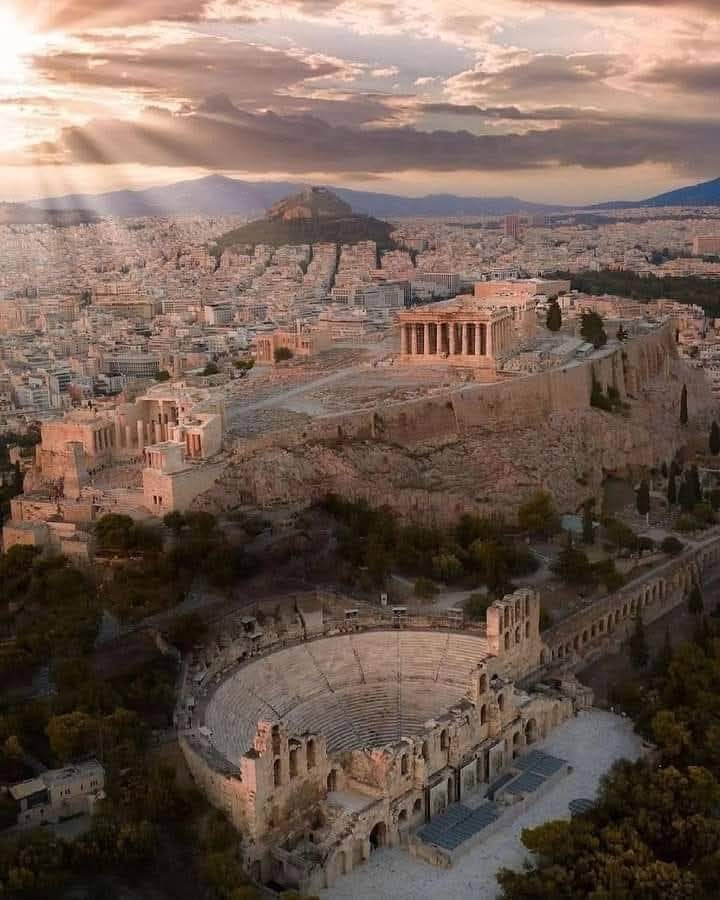
One of the most important religious sites in ancient Athens was the Temple of Athena, known today as the Parthenon, which stands on top of the Acropolis, where its amazing ruins still stand. Two other major religious sites, the Temple of Hephaestus, and the Temple of Zeus; once the largest temple in mainland Greece but now in ruins also lays within the city walls. And also the Agora, the first built mall, was the commercial and social centre of the city, it lays about 1,300 feet north of the Acropolis, in what is now the Monastiraki district. The hill of the Pnyx, where the Athenian Assembly met, lays at the western end of the city.
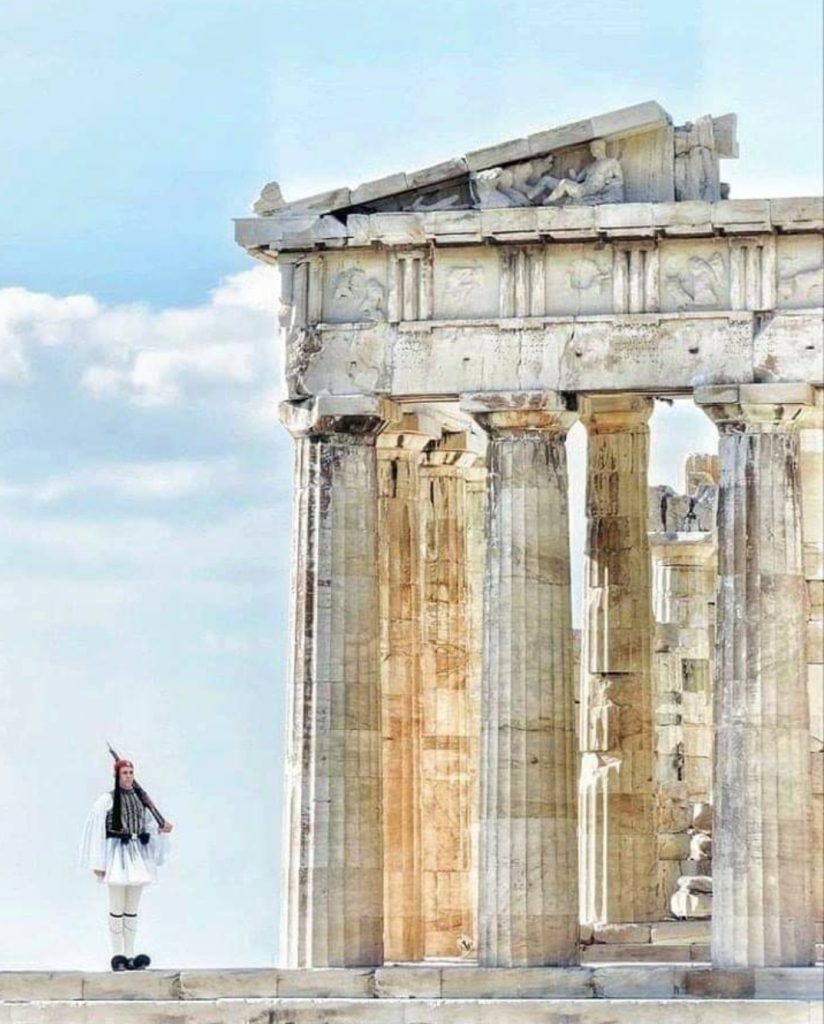
The Acropolis rock with its characteristic trapezoidal shape, dominates the city of Athens, at an altitude of 500 ft. The uncovering and restitution of its monuments has been gradually accomplished, since 1834 ad. The main visible monuments of the archaeological site were built during the Classical period, in the second half of the 5th c. B.C., in the framework of the Periclean building program. the Propylaia, the monumental entrance of the classical Acropolis, the Parthenon, doric temple dedicated to goddess Athena and major achievement of the ancient Greek architecture, the Erechtheion, in whose interior space very ancient cults and memories of the city were hosted, and the ionic temple of Athena Nike on a prominent position to the south of Propylaia. Cults devoted to fertility and vegetation performed in open-air sanctuaries and cavernous openings in the rock developed on the North Slope. Among the site’s most important monuments are the Klepsydra spring, the three caves dedicated to the cults of Apollo, Zeus and Pan and the Sanctuary of Aphrodite and Eros. A monumental cave dedicated to the nymph Aglauros dominates the East Slope. From the archaic times on, the establishment of important sanctuaries and theatrical buildings on the south side of the Acropolis gave great religious, cultural and spiritual significance. Among the site’s most important monuments are the Sanctuary of Asclepios, the Sanctuary and the Theatre of Dionysus Eleuthereus. In the 2nd century A.D., on the western edge of the area, Herodes Atticus built the magnificent Odeion in memory of his wife, Regilla.
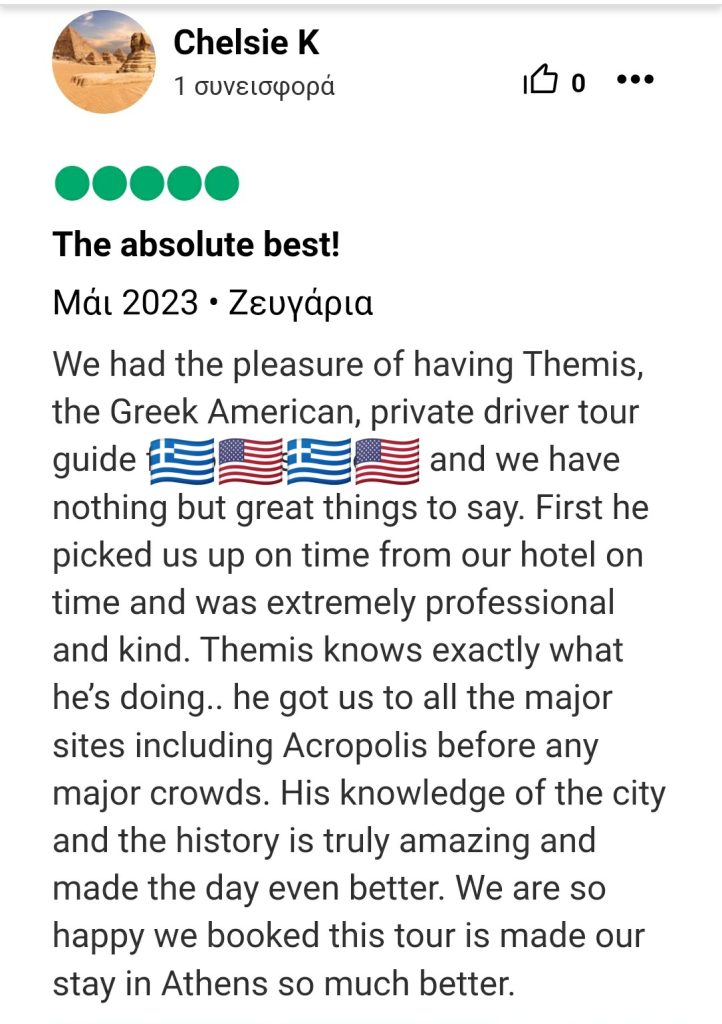
The Agora was the center of Athenian democracy, where the city’s most important political functions were exercised and where both Pericles and Socrates once walked. The ruins of the ancient Agora, the exceptionally well-preserved temple of Hephaistos and the restored Stoa of Attalos may be visited in the shadow of the Acropolis at a site characterized by particular natural beauty.
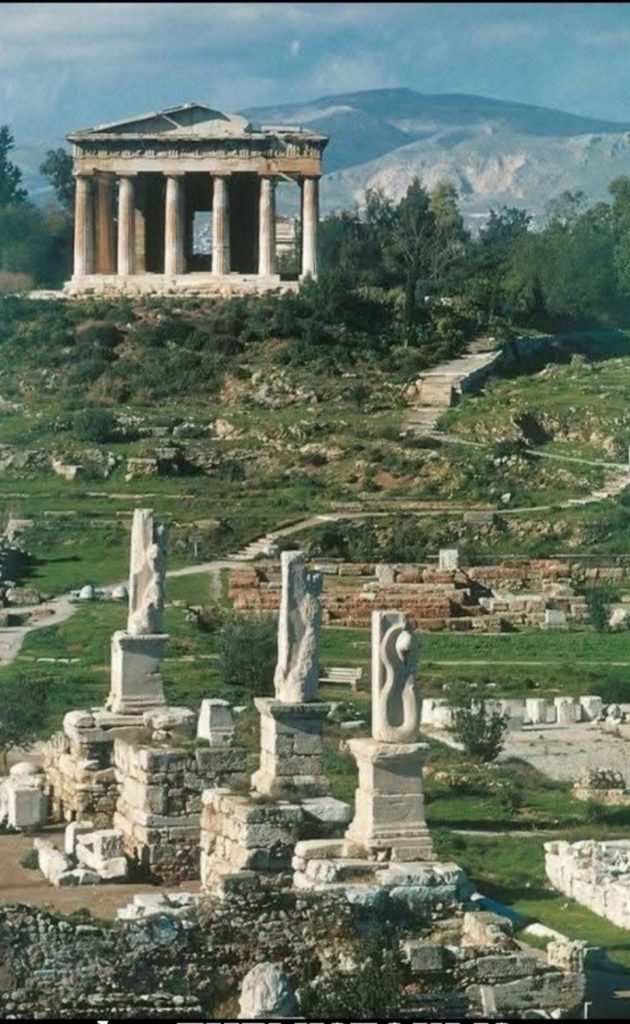
The Roman Agora was built in the 1st c. BC with gifts from Julius Caesar and Augustus to house Athens’ commercial activities. The Agora is bordered by the imposing Gate of Athena Archegetis, while the Clock of Kyrrestos with relief figures of the eight winds and the Fethiye Mosque stand at its corners.
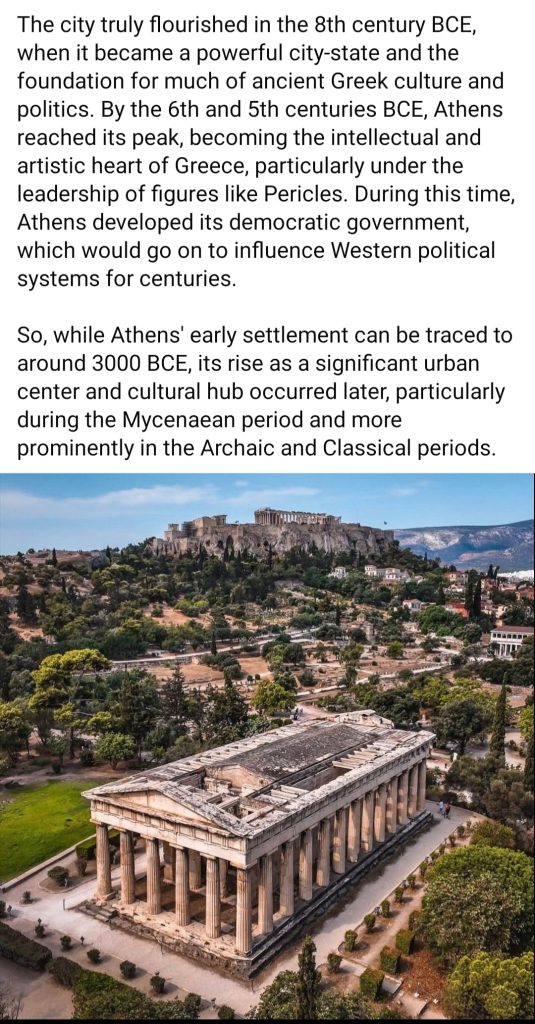
And Mars hill, the Aeropagitus; next to the Acopolis, overlooking the ancient Agora is where the Apostle Paul preached Christianity as told in the book; the Acts of the Apostles found in the Bible…

Athens Greece is one of the oldest named cities in the world, having been continuously inhabited for the last 5,000 years. Situated in southern Europe, Athens became the leading city of ancient Greece in the first millennium BC, and its cultural achievements during the 5th century BC laid the foundations of Western civilization.
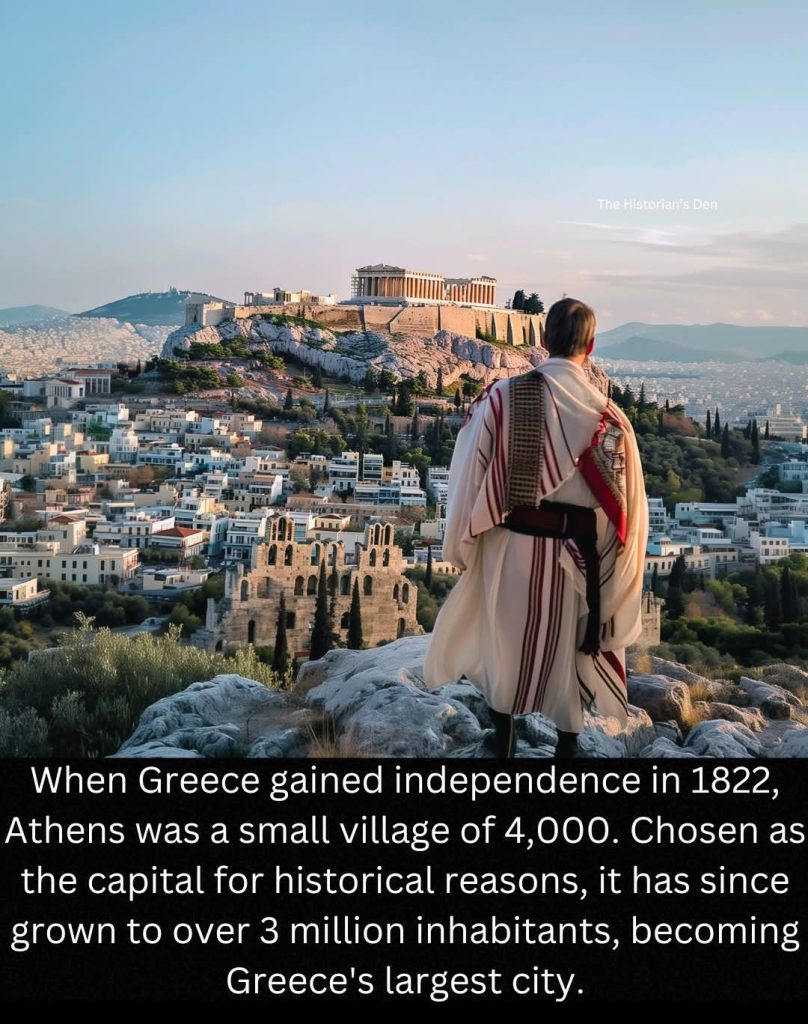

During the early Middle Ages, the city experienced a decline, then recovered under the later Byzantine Empire and was relatively prosperous during the period of the Crusades, 12th and 13th centuries AD, benefiting from Italian trade. Following a period of sharp decline under the rule of the Ottoman Empire, Athens re-emerged in the 19th century AD as the capital of the independent and self-governing Greek state.
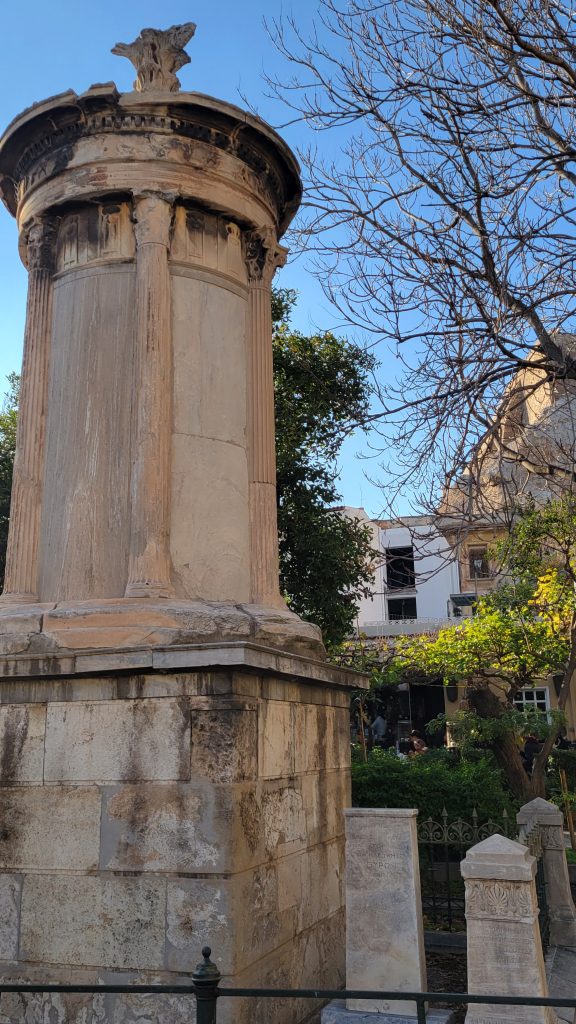
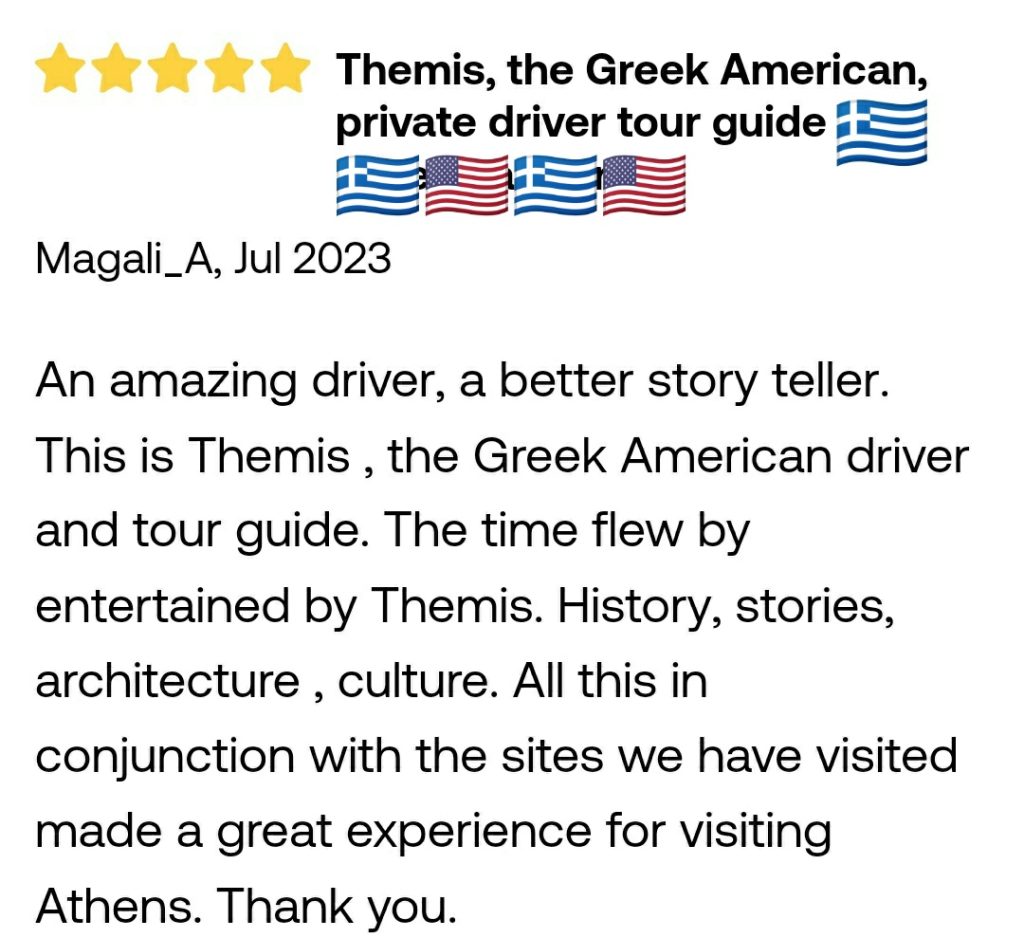
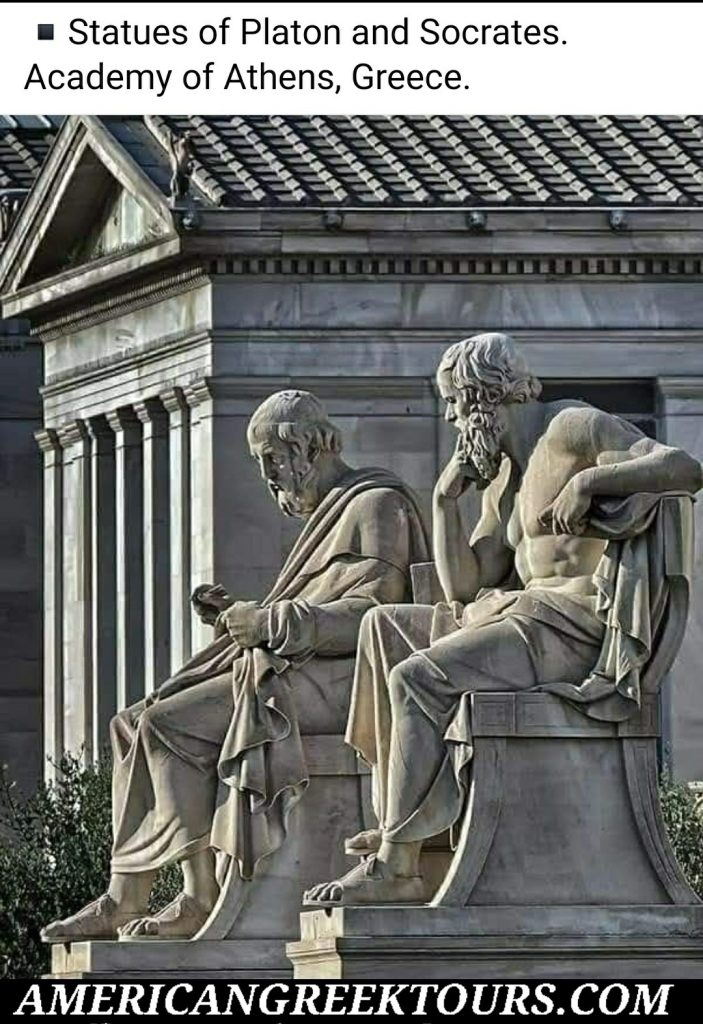
The name of Athens is connected to the name of its patron goddess Athena. The famous myth explaining how Athens acquired it’s name was through the legendary contest between Poseidon and Athena described by Herodotus. It even became the theme of the sculptures on the west pediment of the Parthenon. Both Athena and Poseidon requested to be patrons of the city and to give their name to it, so they competed with offering the city one gift each. Poseidon produced a spring by striking the ground with his trident, symbolizing naval power.
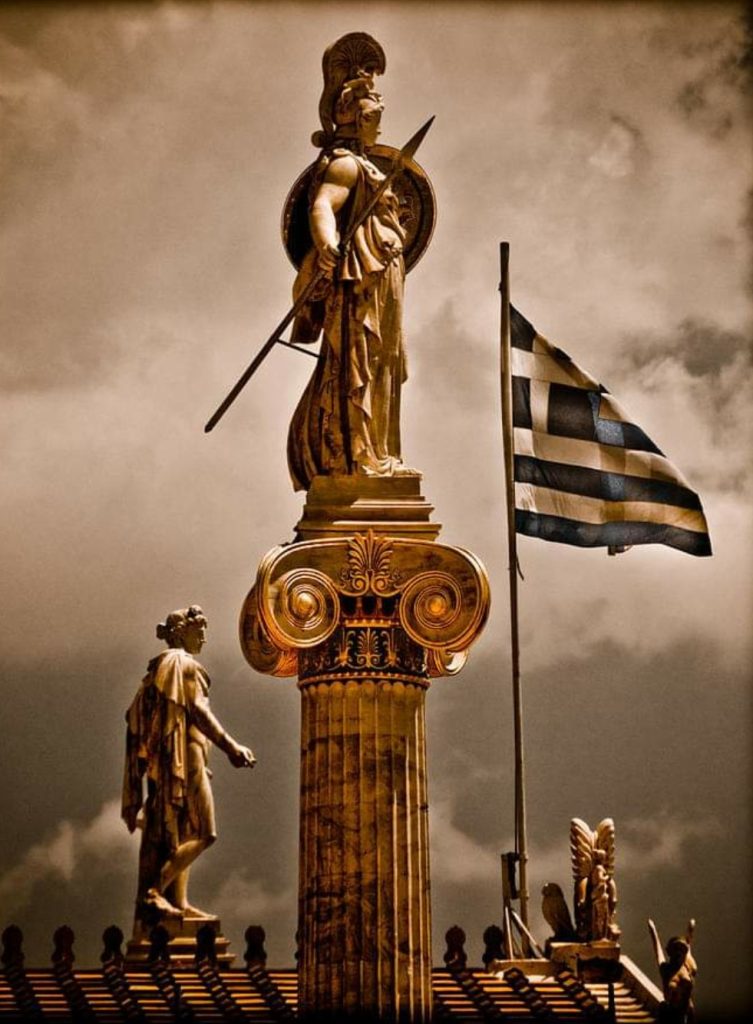

The National Archaeological Museum, the largest one in Greece and among the most prestigious ones in the world, has the richest collection of original artistic works of the ancient Greek civilization. It is housed in an imposing Neo-Classical building in the center of Athens. In its exhibition spaces, which extend over 8.000 sq.m., a panorama of the ancient Greek civilization is presented, ranging from the beginning of prehistory to late antiquity 6.000 B.C. – 330 A.D. Among the 11.000 exhibits there are included outstanding artistic creations in marble, clay, bronze gold and other noble metals. The works of art come from Greece, Cyprus, Egypt, Italy and other areas, offering an overview of the ancient Greek world, its cultural achievements as well as its contacts within the ancient world.
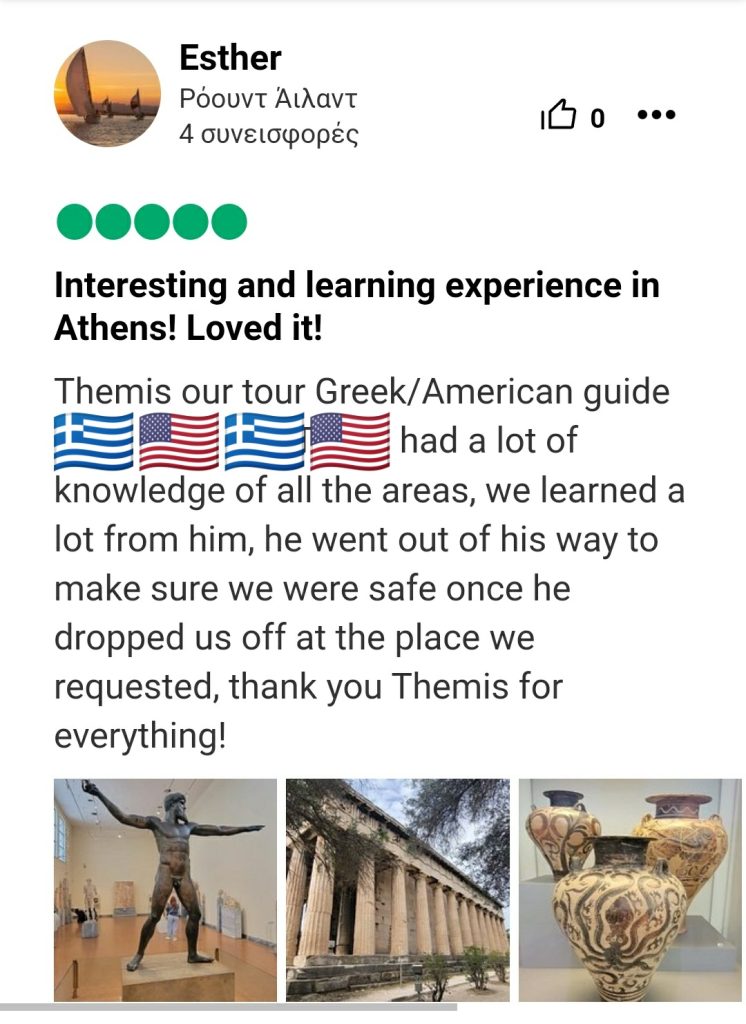
Athena created the olive tree, symbolizing peace and prosperity. The Athenians, under their ruler Cecrops, accepted the olive tree and named the city after Athena.
The sacred olive tree said to be the one created by the goddess Athena is still found on the Acropolis today. It is located by the temple of Pandrosus, next to the Parthenon. According to Herodotus, the tree had been burnt down during the Persian Wars, but a shoot sprung from the stump. The Greeks saw this as a symbol that Athena still had her presence there in the city.
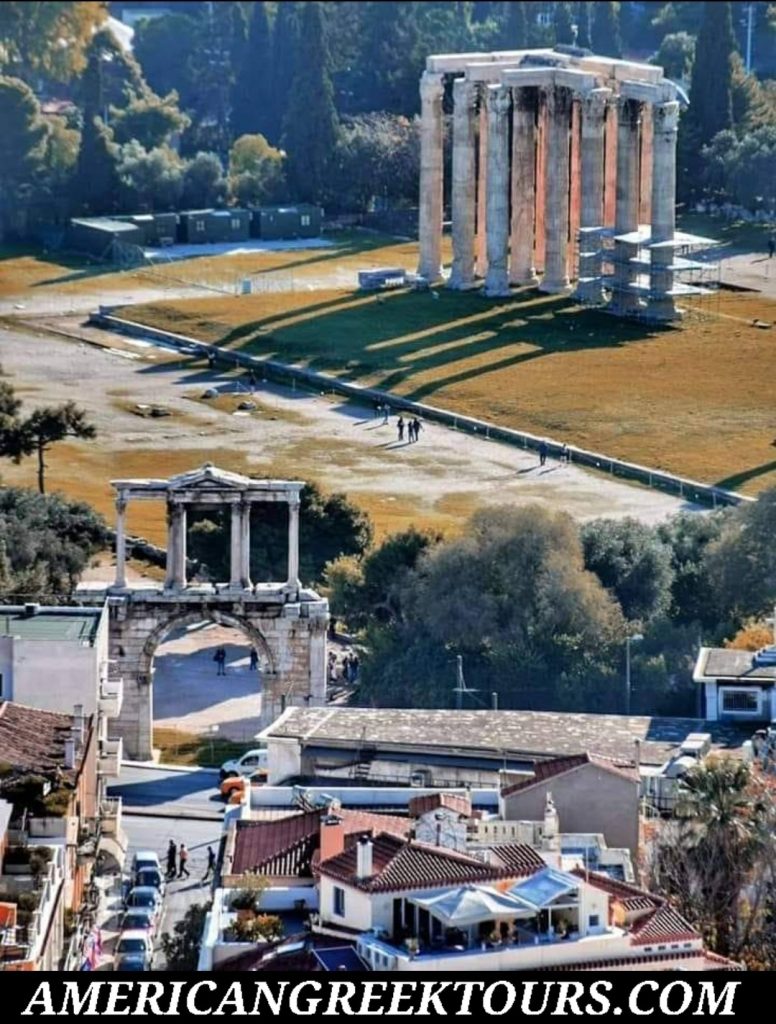
The construction of the temple of Olympian Zeus, one of the largest temples in the ancient world, was launched possibly around 515 BC, but it was completed by Hadrian in 131/132 AD. The Hadrianic temple, built of Pentelic marble in the Corinthian style, consisted of two rows of twenty columns on the long sides and three rows of eight columns across the front and rear; hence, a total of one hundred and four columns comprised the peristasis. The temple began to fall in disarray around the 5th c AD. Today only fifteen columns stand tall, one having collapsed during a storm in 1852 ad. To the northern part of the archaeological site are preserved the remains of a gate of the Themistoclean Wall 479 BC, of dwellings from 5th- 4th BC to 2nd century AD and of a Roman Balneum bathhouse.
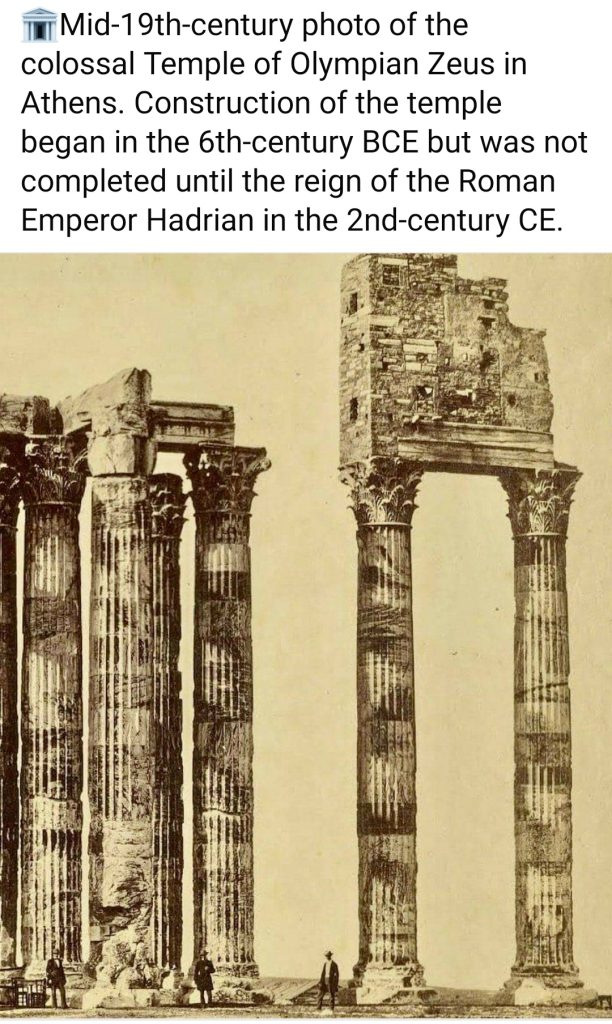
The Panathenaic Stadium or Kallimarmaro lit. ’beautiful marble’ is a multi-purpose stadium in Athens, Greece. One of the main historic attractions of Athens, it is the only stadium in the world built entirely of marble. The stadium was built on the site of a simple racecourse by the Athenian statesman Lykourgos c. 330 BC, primarily for the Panathenaic Games. It was rebuilt in marble by Herodes Atticus, an Athenian Roman senator, by 144 AD it had a capacity of 50,000 seats. After the rise of Christianity in the 4th century it was largely abandoned. The stadium was excavated in 1869 and hosted the Zappas Olympics in 1870 and 1875 ad. After being refurbished, it hosted the opening and closing ceremonies of the first modern Olympics in 1896 and was the venue for 4 of the 9 contested sports. It was used for various purposes in the 20th century ad and was once again used as an Olympic venue in 2004. It is the finishing point for the annual Athens Classic Marathon. It is also the last venue in Greece from where the Olympic flame handover ceremony to the host nation takes place…
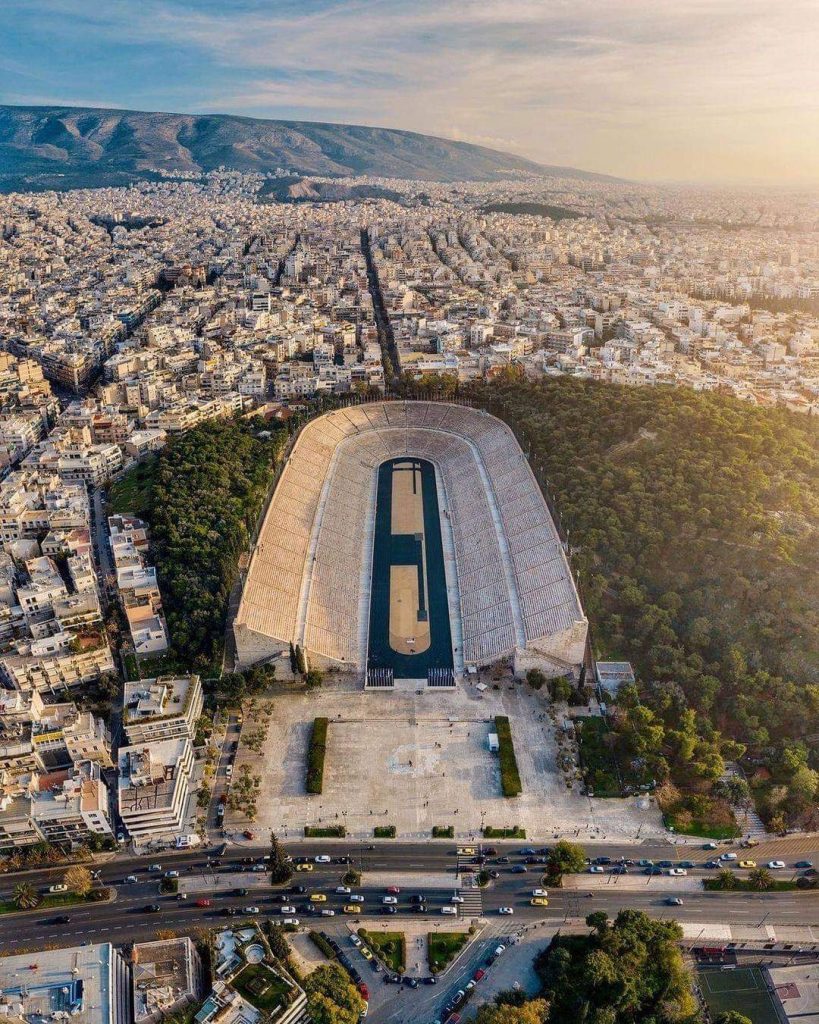
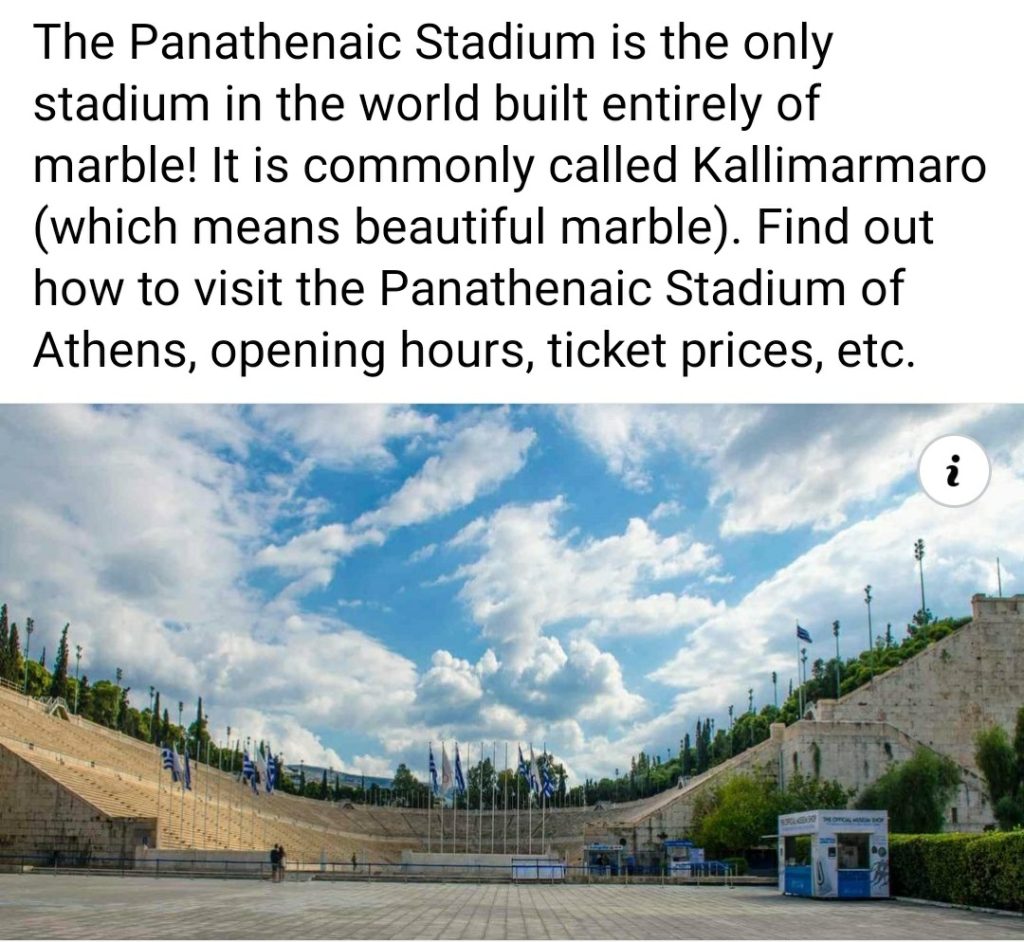
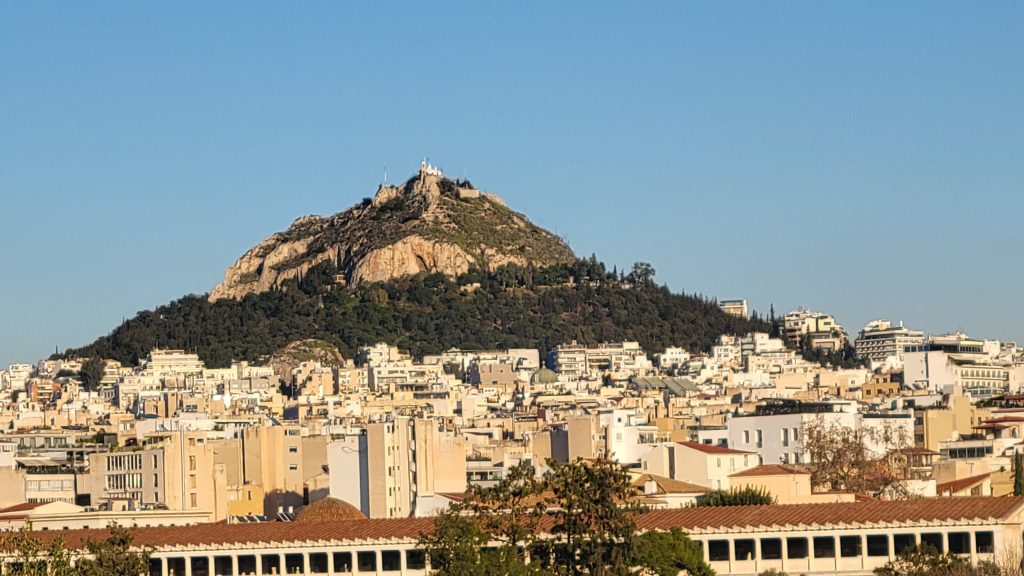
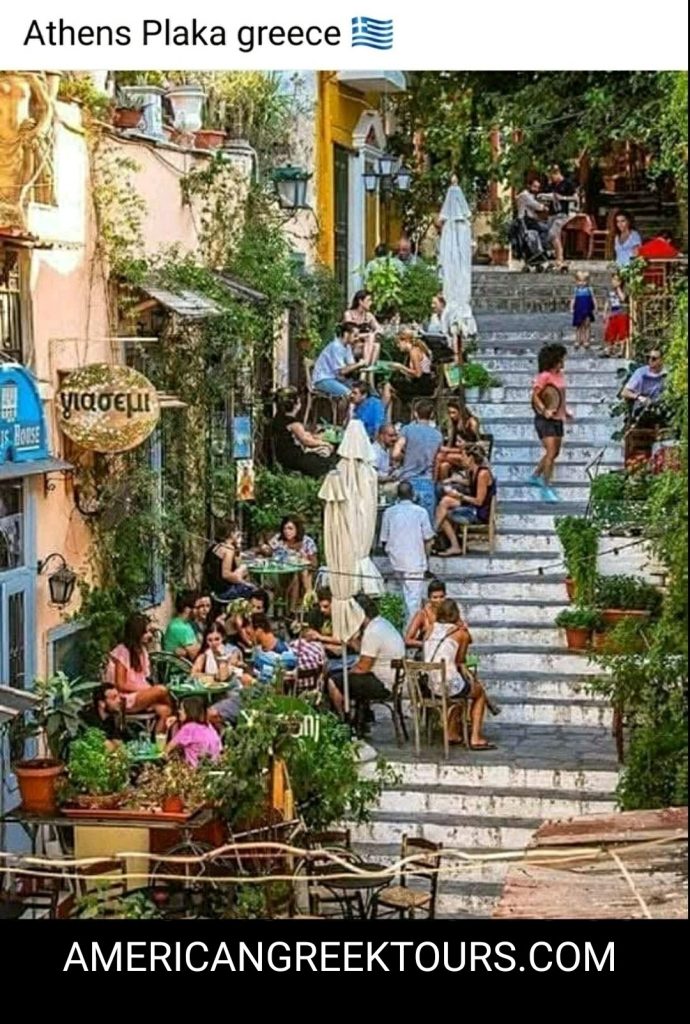
The magnificent building of the Library was built during the third visit of Emperor Hadrian in Athens during 131-132 A.D. The Library was a rectangular peristyle structure with interior courtyard [400X270ft] with four galleries one on each side. It had only one entrance through a monumental gateway, propylon on its western side, with four Corinthian order columns of Phrygian marble. Alongside the propylon on each side a marble wall was erected with seven columns of Corinthian order from Karystian marble. According to Pausanias travelogues the Library had on the interior a large oblong cinstern, one hundred columns of phrygian marble on each stoa and rooms decorated with alabaster roofs and paintings. In the central two-storey building of the eastern side, inside niches and wooden cupboards the books and papyrus was kept while on each corner of the same side a small lecture halls [auditoria] was built.
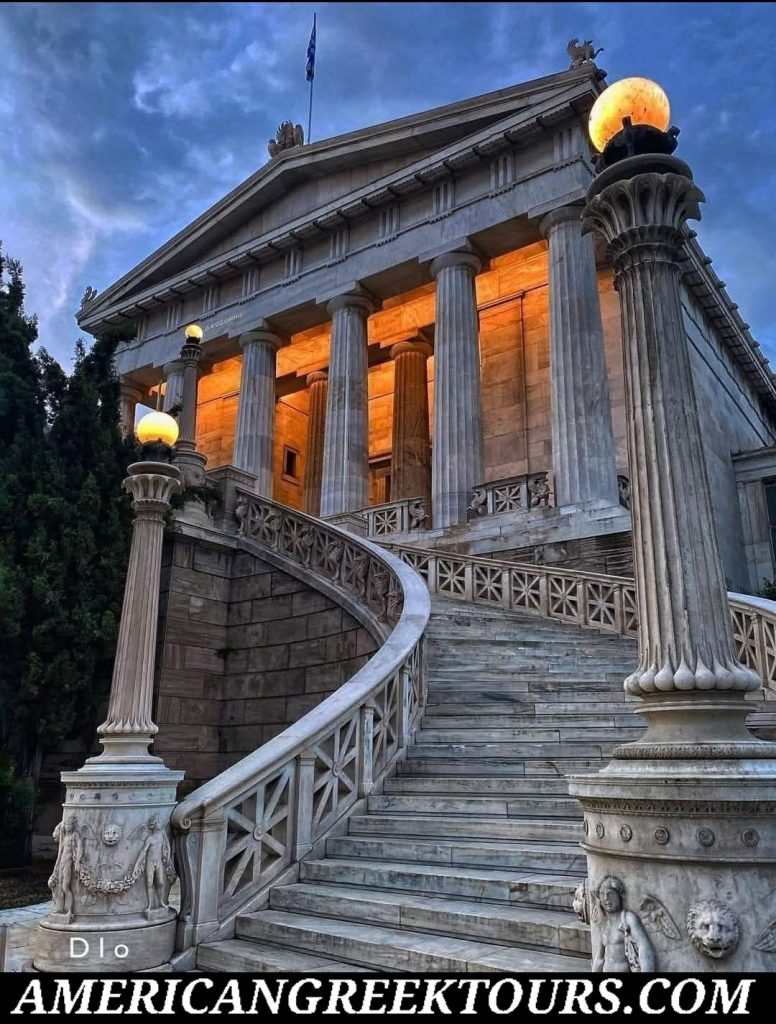
The form and the uses of the place which served as a place of art exhibition, lecture and also for the worship of the emperor and as a place of safekeeping the archive of the city allows us to interpete it as a multifunctional building or as imperial forum according to the well known other forum buildings of Rome. The Library suffered severe damages from the Herulian invasion in A.D. 267, and it was later repaired by Herculius the Perfect of Illiricum [AD 407-412]. In the early 5th century AD, in the area of the interior courtyard of the Roman monument, an imposing tetranconch church with an atrium was built on its western side. This tetranconch church was destroyed in the late 6th century A.D. and converted in the second half of the 7th century A.D. into a three-aisled basilica. Atop its ruins there was built in the 11th century A.D. a Byzantine church known as the church of Megali Panaghia, which was demolished in 1885 ad. In the 12th century A.D., the Chalkokondylis family built a small church which was dedicated to Saint Asomatos [the Archangel Michael] adjoining part of the facade and the propylon of the Library. The church was demolished in 1843 and the only visible remains of the church are a wall and a wall painting on the Library as a facade with depictions of the prayer at Gesthemane, Judas Betrayal of Christ and portraits of Saints in bust form.
